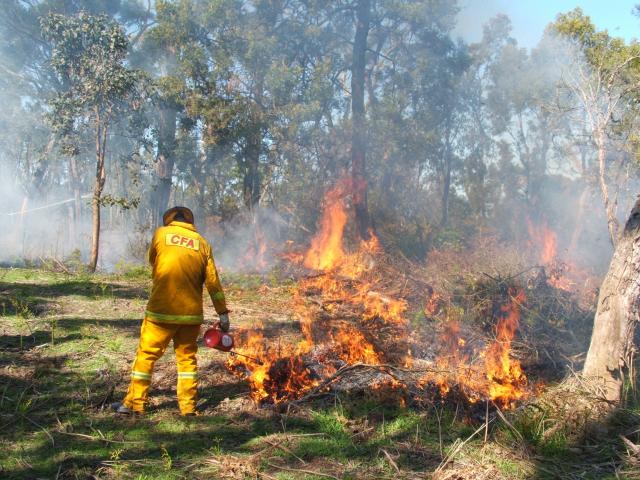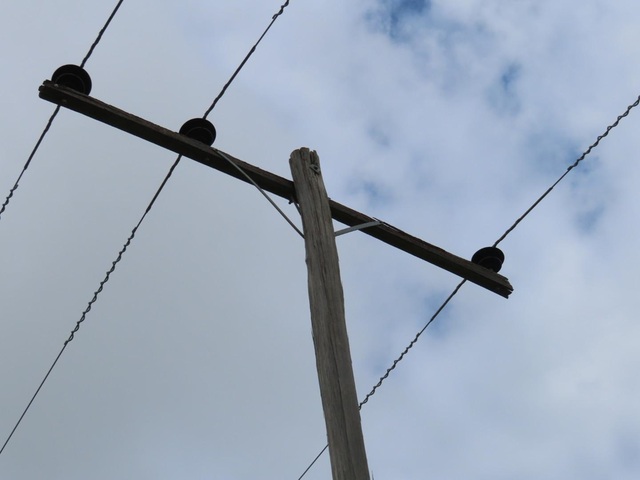Alcohol is placing a greater burden on paramedics in Maribyrnong and Hobsons Bay than speed, “ice” and cannabis combined, a new Turning Point report shows.
In 2012-13, paramedics treated 276 people – about five a week – for alcohol-related problems in Maribyrnong. This was up from 219 the previous year. Hobsons Bay had 221 alcohol attendances last year, up from 186. In Maribyrnong, heroin was the substance with the next most frequent cases requiring ambulance attendance. There were 138 heroin-related call-outs and 73 overdoses, a decrease from the previous year’s 190 and 112, respectively.
In Hobsons Bay, there were 34 heroin attendances (three fewer) and 15 overdoses (a decrease of six).
Benzodiazepines (tranquillisers) were the second most common drug requiring ambulance attendance in Hobsons Bay. There were 77 benzodiazepine-related calls (a decrease of three from the previous year), and 60 in Maribyrnong (up five). Cannabis-related calls increased from 31 to 38 in Maribyrnong and fell from 27 to 24 in Hobsons Bay.
While the use of crystal meth or ‘ice’ more than doubled in neighbouring Brimbank (from 27 to 60), call-outs were relatively stable in Maribyrnong (up four to 19) and Hobsons Bay (down four to 14). Speed-related calls rose from 25 to 28 in Hobsons Bay and fell from 22 to 15 in Maribyrnong.
Western suburbs paramedic Aaron Williams said speed and ice were replacing cannabis as drugs of choice “for your everyday person”.
“In the past, on a Friday or a Saturday night, [a drug user] staying at home might have had a bong or a few joints, but now they’re choosing to use ice or speed,” he said. “We’re getting more overdoses in the home.
Turning Point researcher Belinda Lloyd said a ‘‘whole-of-community approach’’ was needed to tackle the issue.
“Government, health agencies, law enforcement, community groups, businesses and local residents must come together to address these issues and discuss possible solutions,” she said.






